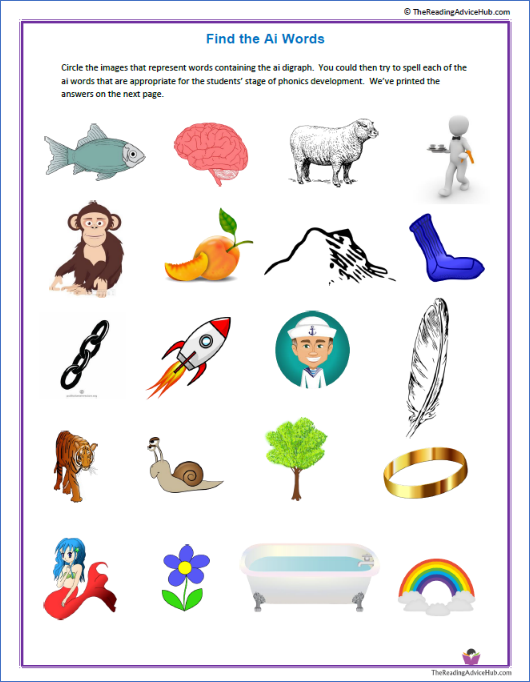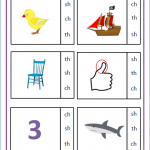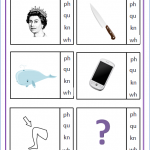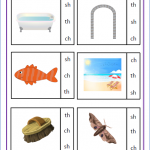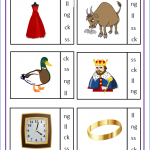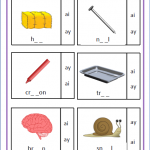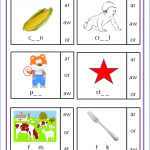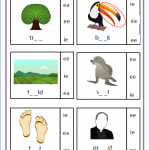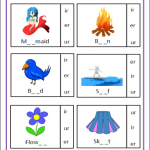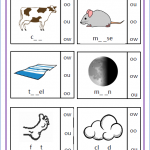Ai digraph examples, word lists, free worksheets and games for phonics teaching.
Ai Digraph Sounds
The ‘ai’ digraph is a fairly common grapheme in written English and it can represent several different vowel sounds…
The most common sound associated with the digraph is found in words such as aim, brain, paint and snail. This sound is a member of a group of vowels known as diphthongs and it’s the same sound as the name of the first letter in the alphabet. The phoneme is represented by the symbol /ai/ in popular phonics programmes such as Jolly Phonics and Letters and sounds. The International Phonetic Alphabet (IPA) symbol for this sound is eɪ.
A number of other letter combinations can also represent the eɪ sound. For example, ‘a’, ‘ay’, ‘a-e’, ‘eigh’ and ‘ey’ in words such as apron, play, snake, eight and obey.
The Sounds American video below explains how to pronounce this sound in a variety of words:
In words such as captain, mountain and fountain, the ai digraph can represent the ‘short i’ sound, ɪ, or the schwa sound, Ə, depending on regional accents.
There are also a few words where the ai digraph can represent the same sound as the letter e in bed (sometimes given the symbol ɛ in the IPA). Although this is letter-sound correspondence is quite rare, two of the words that contain it are very common – ‘again’ and ‘said’. Note that the pronunciation of ‘again’ can vary in different regions and some people pronounce the vowel in the same way as it’s spoken in the word snail.
Ai can also represent the ‘short a’ sound (æ in the IPA) as in cat in a few words such as plait and plaid.
It’s worth noting that the ai letter combination doesn’t always act as a true digraph. For example, in the words archaic and formulaic the letters a and i represent individual sounds at the boundary between 2 syllables.
Also, when the ai letter combination is followed by the letter r, as in ‘hair’ and ‘chair’, the 3 letters act as a trigraph and represent a different sound.
Teaching the Ai Digraph
Since the digraph is quite common in children’s literature, it makes sense to teach it quite early in a phonics programme.
However, it’s best to wait until children can recognise individual letters and say the sounds they represent accurately and fluently. It’s also helpful if children are able to blend and segment simple words such as CVC words and other one-syllable words before digraphs are taught.
The ai digraph is taught in phase 3 of the Letters and Sounds phonics programme which is broadly followed in many schools in England. This phase starts in the second half of the first term in reception when children are aged between 4 and 5 years old.
Introduce the digraph by showing children how to decode and blend some simple examples of words from the word list below and then get them to read some words for you.
In addition to practising reading the words, they should also practise spelling them.
If children have trouble doing this, show them how to make the words with alphabet cards. Say the sounds as you put the cards down then shuffle the cards and ask them to make up the word again.
When you are demonstrating spelling these words with alphabet cards, put the a and i down at the same time as you say the sound just once.
See our articles on teaching digraphs and spelling with phonics for more guidance.
You can also use some online resources to provide variety. For example, Reading Bear has several presentations that include ‘ai words’…

The Little Learner’s video below is useful to show children how to sound out and blend some simple words containing this digraph…
And the video below should also appeal to young children as the popular Mr Thorne teaches Geraldine the giraffe about words with the ‘ai’ digraph:
Ai Digraph Word List
We’ve split the lists into different sound categories in alphabetical order to help you locate words you might want to use with your students.
Initially, it can help to use words that students are familiar with, but as they get more proficient, it’s good to introduce some new words to expand their vocabulary and refine their decoding skills.
Click on the following link or the image below to download a free printable pdf version of this word list.
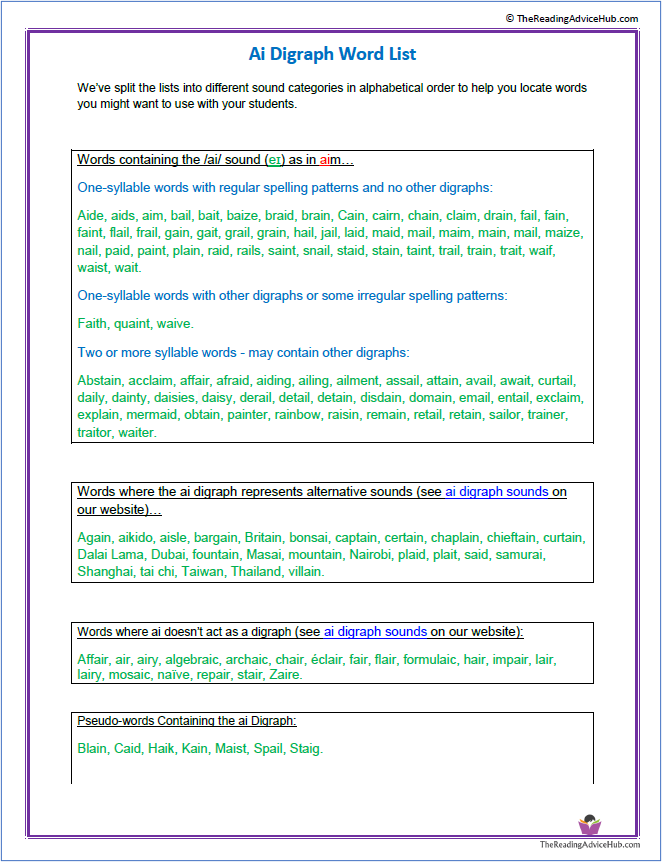 Words containing the /ai/ sound (eɪ) as in aim…
Words containing the /ai/ sound (eɪ) as in aim…
One-syllable words with regular spelling patterns and no other digraphs:
Aide, aids, aim, bail, bait, baize, braid, brain, Cain, cairn, chain, claim, drain, fail, fain, faint, flail, frail, gain, gait, grail, grain, hail, jail, laid, maid, mail, maim, main, mail, maize, nail, paid, paint, plain, raid, rails, sail, saint, snail, staid, stain, tail, taint, trail, train, trait, waif, waist, wait.
One-syllable words with other digraphs or some irregular spelling patterns:
Faith, quaint, waive.
Two or more syllable words – may contain other digraphs:
Abstain, acclaim, affair, afraid, aiding, ailing, ailment, assail, attain, avail, await, curtail, daily, dainty, daises, daisy, derail, detail, detain, disdain, domain, email, entail, exclaim, explain, mermaid, obtain, painter, rainbow, raisin, remain, retail, retain, sailor, trainer, traitor, waiter.
Words where the ai digraph represents alternative sounds (see ai digraph sounds above)…
Again, aikido, aisle, bargain, Britain, bonsai, captain, certain, chaplain, chieftain, curtain, Dalai Lama, Dubai, fountain, Masai, mountain, Nairobi, plaid, plait, said, samurai, Shanghai, tai chi, Taiwan, Thailand, villain.
Words where ai doesn’t act as a digraph (see ai digraph sounds above):
Affair, air, airy, algebraic, archaic, chair, éclair, fair, flair, formulaic, hair, impair, lair, lairy, mosaic, naïve, repair, stair, Zaire.
Pseudo-words Containing the ai Digraph:
Blain, Caid, Haik, Kain, Maist, Spail, Staig.
Pseudo-words are sometimes described as non-words or nonsense words and they’re used in some phonics programmes and in the UK Phonics Screening Check.
These words are designed to assess whether children are capable of decoding words that are unfamiliar to them.
Normally, a pseudo-word will be presented next to an image of a monster or an alien, and the child is told that the word represents the creature’s name. The examples below are from the 2017 phonics screening check.
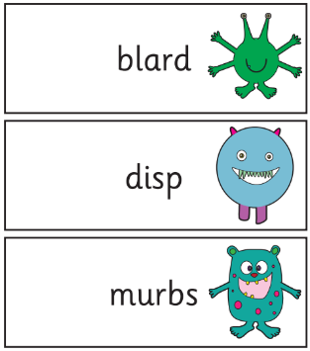
You could use some of the pseudo-words in our list as practice words for a screening check or as part of a less formal assessment of a child’s decoding ability.
Some of the words in the list might have a real meaning in some regions, groups, or sub-cultures, but they will be unfamiliar to most children so can be used alongside genuine pseudo-words.
Ai Digraph Worksheets
We’ve created the following worksheets that you to download for free. Click on the headings or the images below to access these resources.
Children need to decide which pictures represent words that contain the ai digraph. They can also try to spell the words. We’ve also created a PowerPoint version of this resource if you want to display it to a class.
Each of the sentences on the worksheet has a word missing that contains the ‘ai’ digraph. Children need to fill in the missing word to complete each sentence. We’ve also created a PowerPoint version of this resource if you want to display it to a class.
Circle the Vowel Digraph – ai or ay
Circle the digraph that matches the correct spelling of the vowel in each word.
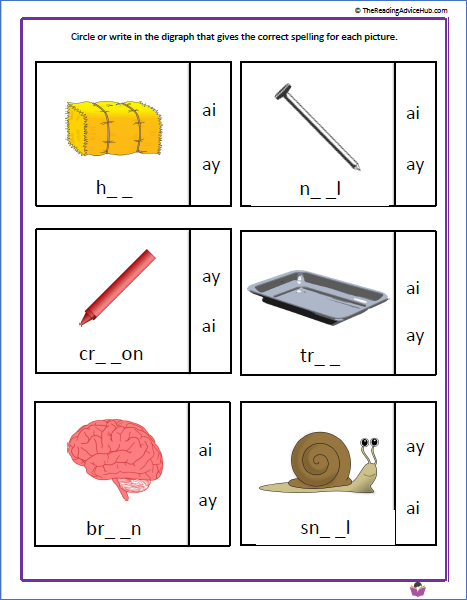
Ai Digraph Phonics Games Online
The spellzone website has some free games using words containing the ai digraph. They also have a variety of other games that require you to sign up and pay a subscription, but they do offer a free trial.
Click on the following link for the spellzone games:
The SplashLearn website also has some activities for practising blending and spelling ai words. You have to sign up to access all the activities but it’s free to try it.
Other Free Digraph Resources
A variety of free worksheets and other resources for a number of common digraphs.
